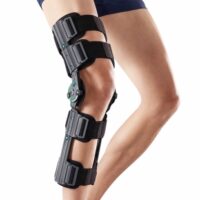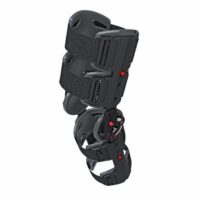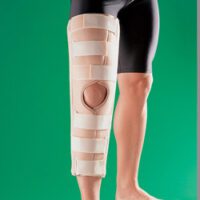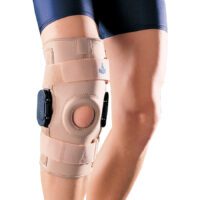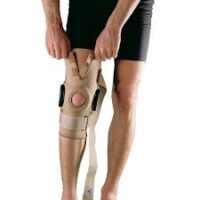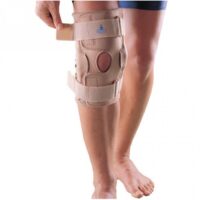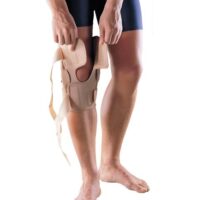Considerations for ACL Tear
If you suspect an ACL tear, it’s crucial to promptly consult a physiotherapist or sports doctor for a professional clinical assessment of your ACL integrity. Immediate post-injury diagnosis of an ACL tear can be challenging due to pain, swelling, and potential muscle spasms that hinder a comprehensive knee examination. Therefore, establishing a definite presence of an ACL tear shortly after the injury might be difficult. Should you suspect an ACL tear, a follow-up evaluation with an orthopaedic surgeon is recommended?
How Your Physiotherapist Determines an ACL Tear
A suspected ACL tear arises when a knee injury is evident. Your physiotherapist or doctor conducts specific manoeuvers in the clinic to assess knee stability. These manoeuvers ascertain ligament functionality, aiding in detecting an ACL tear. The Lachman and Pivot Shift Tests are commonly employed to diagnose an ACL tear.
Other Tests for Diagnosing an ACL Tear
A comprehensive knee examination is essential to identify potential concurrent injuries contributing to your symptoms.
X-rays are utilised to examine the knee for potential fractures, while an MRI can assess ligament, bone bruising or cartilage damage. While an MRI might be warranted in certain cases, most ACL tears can be diagnosed without one, given ligament laxity and a discernible injury mechanism. But, the common orthopaedic management now normally includes an MRI.
Managing a Ruptured ACL
For an ACL tear, seeking professional guidance is advisable. Rehabilitation options for a successful recovery vary based on age, activity level, and injury severity. There are viable non-surgical and surgical approaches depending on the age, injury complexity and level of return to sport.



